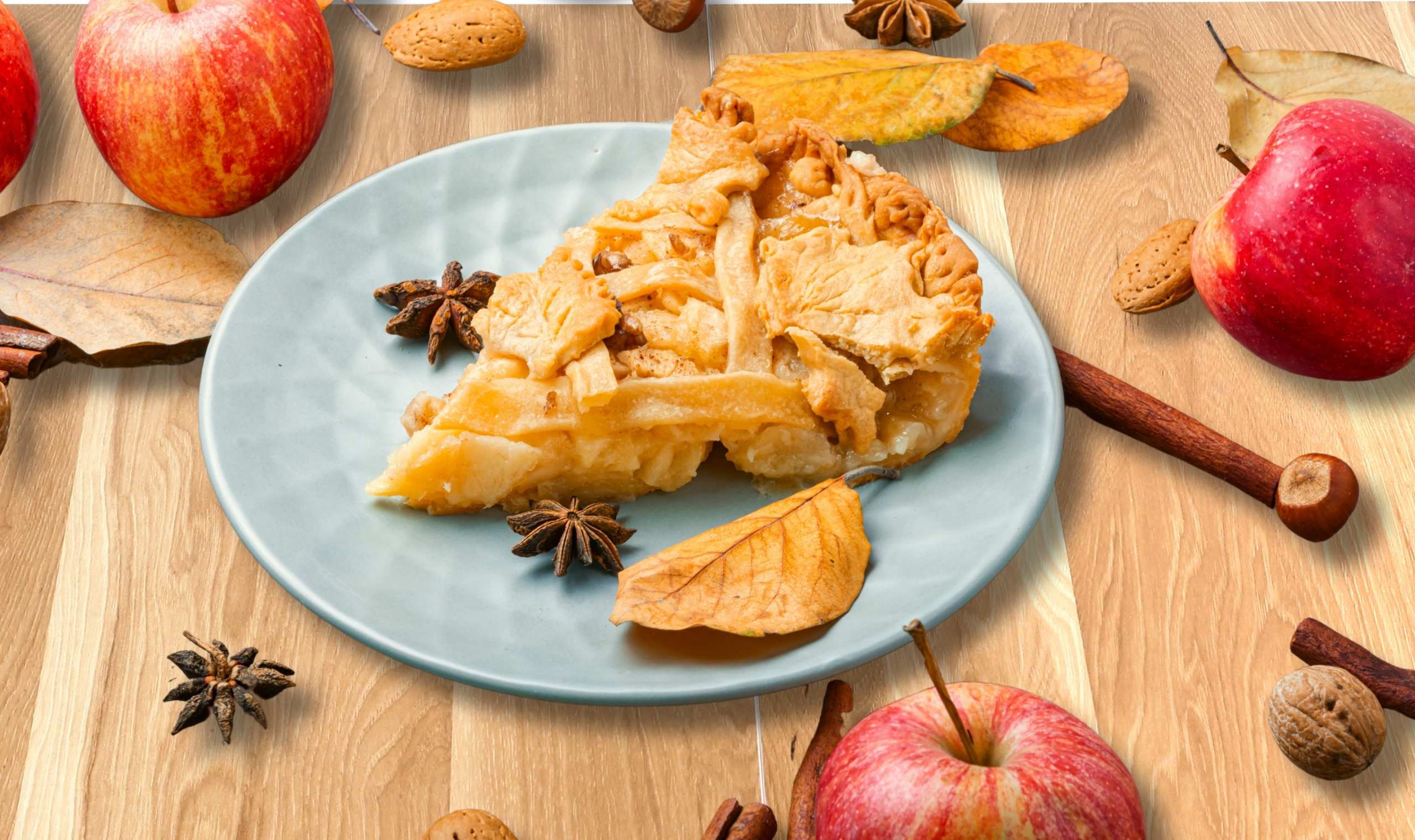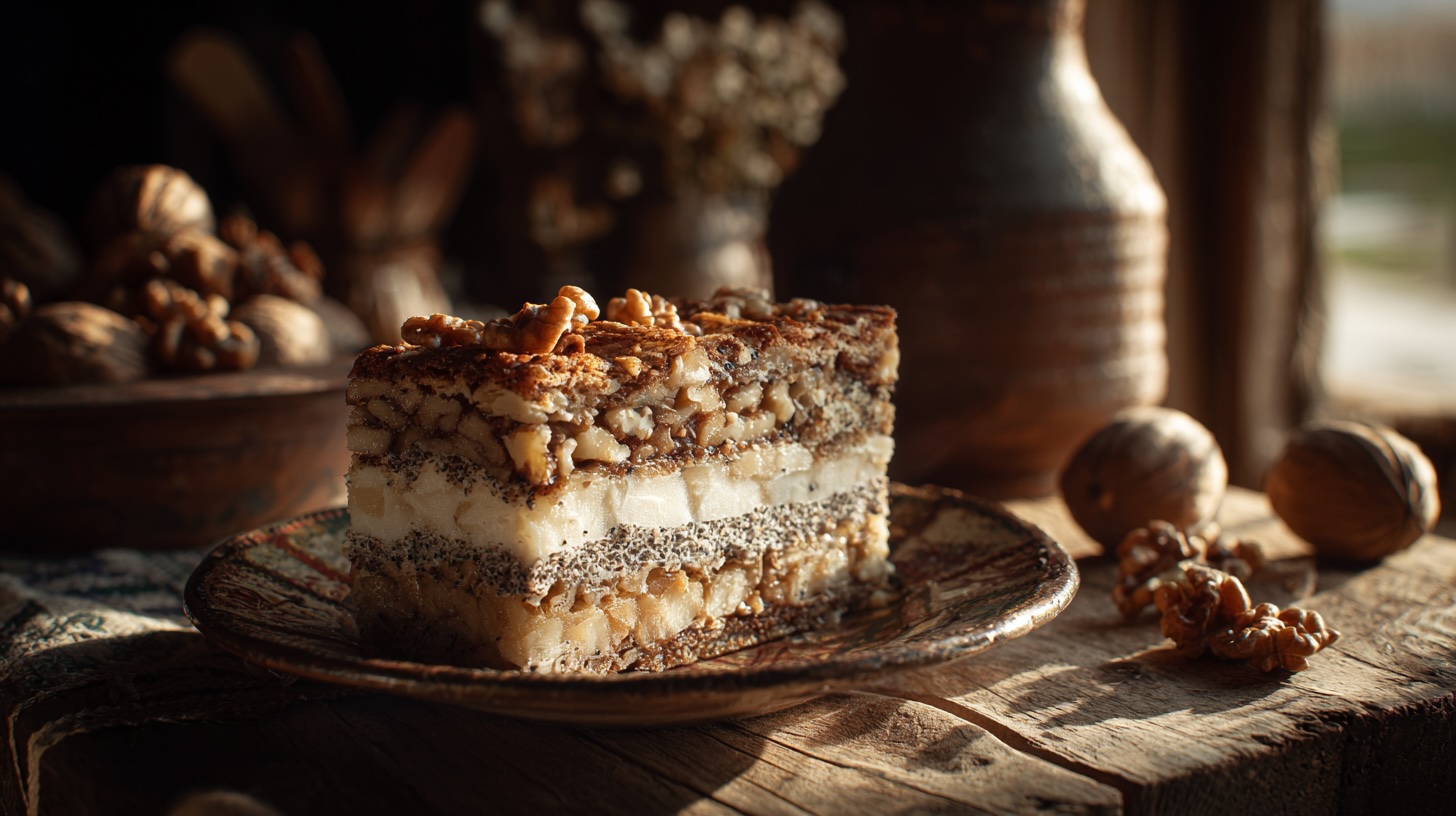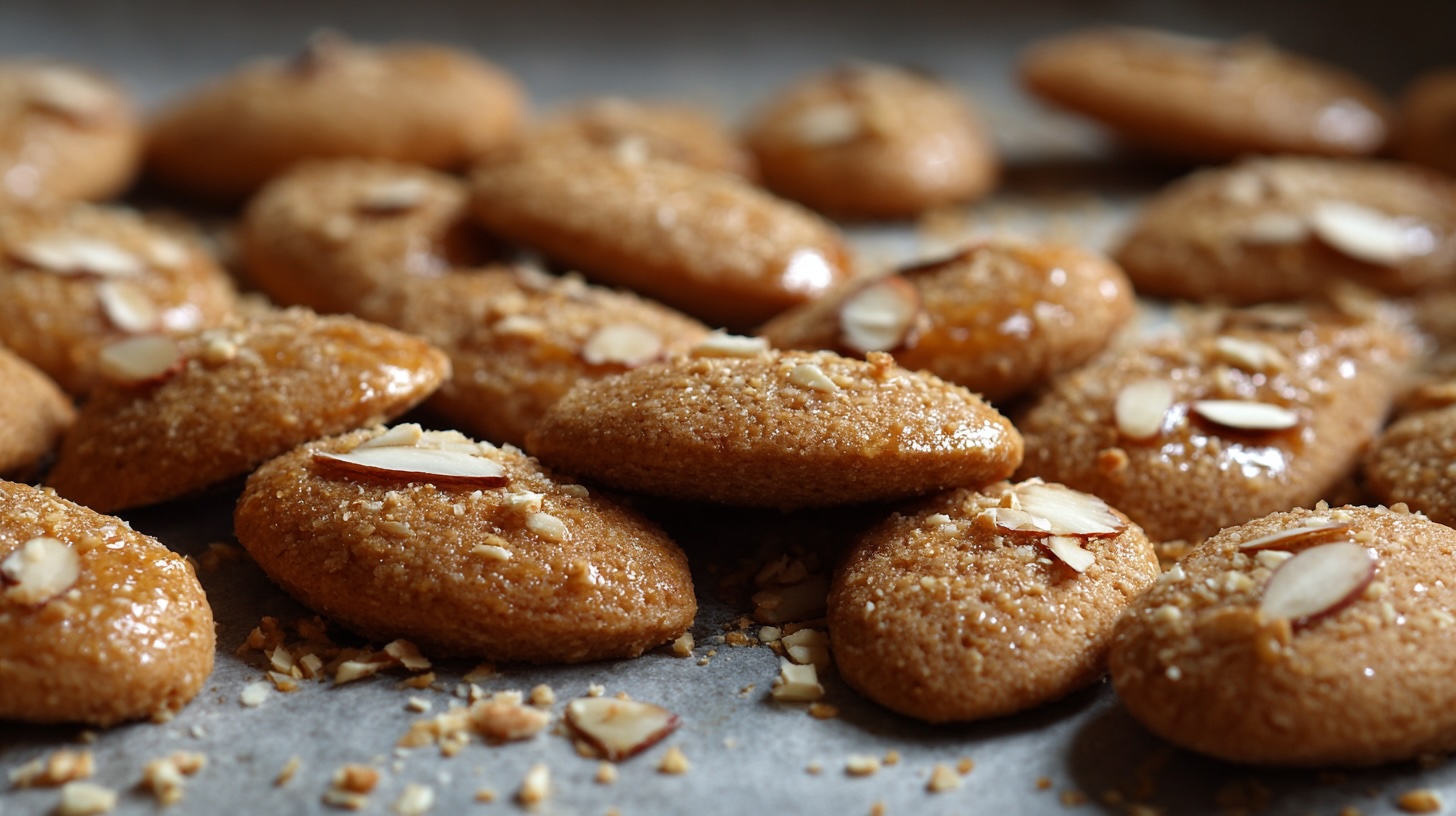American Apple Pie: As American as, Well, You Know
Few foods are as entwined with the fabric of a nation as apple pie is with America. Sure, the phrase “as American as apple pie” might make you roll your eyes, but let’s give credit where it’s due. This golden, flaky dessert filled with tender spiced apples is more than just a dessert—it’s a cultural icon. Whether it’s served warm with ice cream or cold with a slice of cheddar (yes, really), apple pie captures the essence of comfort and nostalgia.
A Pie That Travelled the World
Despite its all-American reputation, apple pie didn’t originate in the United States. The concept of encasing fruit in pastry dates back to medieval England, where early versions were more about preservation than indulgence. Dutch and French settlers brought their versions to the New World, and over time, the recipe evolved into the sweet, cinnamon-laden delight we know today.
The phrase “as American as apple pie” didn’t gain traction until the 20th century, becoming a shorthand for wholesomeness and patriotism. During World War II, soldiers would say they were fighting for “mom and apple pie,” cementing the dessert’s status as an edible symbol of home.
American Apple Pie: Regional Twists on a Classic
America’s vastness means there’s no shortage of ways to tweak a good apple pie. In the Midwest, you’ll often find Dutch apple pie, topped with a crumbly streusel instead of a traditional crust. Head down South, and you might encounter apple pie spiked with bourbon or adorned with pecans.
In New England, sharp cheddar cheese sometimes joins the party, either baked into the crust or served on the side. It’s not as odd as it sounds—the saltiness of the cheese highlights the pie’s sweetness beautifully. And then there’s the West Coast, where bakers love experimenting with heirloom apple varieties and adding unique spices like cardamom or star anise for a modern twist.
American Apple Pie: What to Sip Alongside
Choosing the perfect drink to accompany apple pie is a joy in itself. A steaming mug of black coffee is the classic choice, cutting through the richness with its bold flavour. For tea lovers, a spiced chai or a robust English breakfast tea pairs beautifully.
If you’re feeling festive, a glass of hard cider or a dram of Calvados, an apple brandy from Normandy, enhances the pie’s fruity notes. Wine drinkers might opt for a lightly sweet Riesling or a crisp, dry Prosecco for a touch of effervescence.
Perfect Pairings on the Plate
Apple pie is a star on its own, but the right accompaniments can elevate the experience. A scoop of vanilla ice cream is the obvious choice, creating that magical hot-and-cold contrast. Whipped cream works just as well, especially if it’s freshly made and lightly sweetened.
For a more decadent touch, drizzle your slice with caramel or butterscotch sauce. If you’re a fan of savoury-sweet combinations, a thin slice of sharp cheddar cheese is a must-try. And for breakfast enthusiasts, consider serving a warmed slice of apple pie with a dollop of Greek yoghurt—who says pie can’t be part of the most important meal of the day?
The Apples Make the Pie
Not all apples are created equal, especially when it comes to pie. The best pies are made with a mix of varieties to achieve the perfect balance of sweetness, tartness, and texture. Granny Smiths bring the tang, Honeycrisps add sweetness, and Braeburns hold their shape beautifully during baking.
Avoid soft apples like Red Delicious, which tend to turn mushy under heat. The goal is tender slices that still have a bit of bite, nestled in a perfectly spiced filling. A hint of cinnamon is non-negotiable, but a pinch of nutmeg, allspice, or cloves can add depth and warmth.
Crust Wars: Flaky vs. Crumbly
The crust is arguably just as important as the filling. A good apple pie crust should be buttery, flaky, and golden, with just the right amount of structural integrity to hold everything together. Some bakers swear by all-butter crusts, while others prefer a mix of butter and shortening for the ultimate balance of flavour and flakiness.
If you’re a fan of crumb toppings, you’re in good company. A streusel-topped pie is just as traditional in certain parts of the country and offers a delightful crunch. Whichever route you choose, don’t skimp on the crust—it’s the edible pedestal that makes the whole dessert shine.
American Apple Pie Recipe
Ingredients:
For the crust:
- 250g plain flour
- 125g unsalted butter, cold and cubed
- 1/2 tsp salt
- 2-3 tbsp ice-cold water
For the filling:
- 6 medium apples (a mix of Granny Smith, Honeycrisp, and Braeburn)
- 100g sugar
- 50g brown sugar
- 1 tsp ground cinnamon
- 1/4 tsp ground nutmeg
- 2 tbsp plain flour
- 1 tbsp lemon juice
- 1 tbsp butter, diced
Method:
To make the crust, combine the flour and salt in a bowl. Rub in the butter until the mixture resembles breadcrumbs. Add ice-cold water a tablespoon at a time, mixing gently until the dough comes together. Divide into two discs, wrap in cling film, and chill for at least 30 minutes.
For the filling, peel, core, and slice the apples. Toss them with the sugars, cinnamon, nutmeg, flour, and lemon juice. Let the mixture sit for about 15 minutes to draw out some of the juices.
Preheat your oven to 200°C (180°C fan). Roll out one disc of pastry and line a pie dish. Fill with the apple mixture, dot with butter, and cover with the second disc of pastry. Seal the edges, cut a few slits in the top to let steam escape, and brush with a little milk or beaten egg.
Bake for 45-50 minutes, or until the crust is golden and the filling is bubbling. Let it cool slightly before serving. Whether you’re enjoying it warm with ice cream or cold for breakfast, this pie is guaranteed to bring a slice of Americana to your table.




1 comment